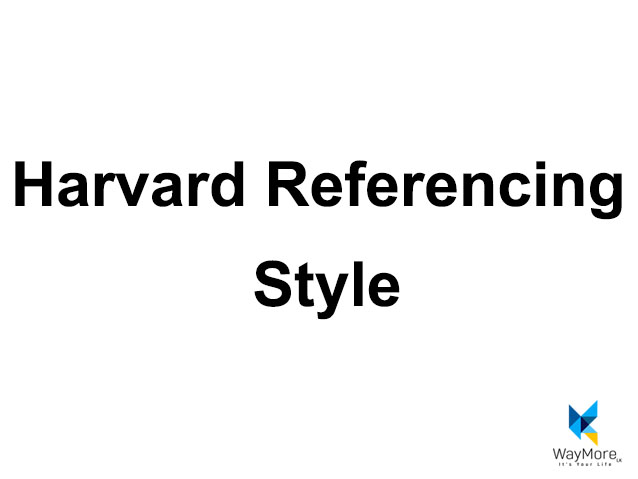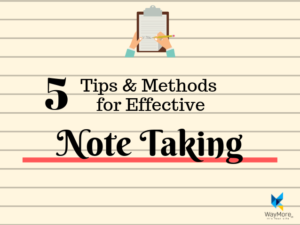In academic writing, there are many referencing styles. However, Harvard referencing is a referencing style which are commonly used. Also, most of the university students are using Harvard Referencing to cite sources of information. Therefore, I’ve decided to write a simple guide for all the students who are working with their bachelors or masters. In addition, most of the universities are preferring Harvard Referencing. So, this guide will help you a lot to understand the referencing process easily. Also, it is very important to cite information sources in your academic writings.
Firstly, in Harvard referencing, you should include 2 types of citations;
- In-text citations – In-text citations in Harvard referencing are used when paraphrasing or directly quoting someone’s ideas. Therefore, you must include in-text citations in the end of a sentence or a paragraph. For example, “High power distance is, to which extent the low power individuals accept their situation in the organization or society” (Cronje, 2011).
- Reference list – Reference list in Harvard Referencing should be added in the end of the report or the piece of work. Moreover, if you’re a Microsoft word user, you can add the reference list automatically. Furthermore, Click here if you need guidance regarding Microsoft word Harvard referencing. For example, Cronje, J. C., (2011) ‘Using Hofstede’s cultural dimensions to interpret cross-cultural blended teaching and learning’, Computers and Education, 56(1), pp. 596-603.
Harvard Referencing Outline
The main aim of creating Harvard referencing is allowing readers to find the original source of information. In other words, they will be able to find more information regarding the specific field. Above all, you need following details to cite a website;
- Name of the author(s)
- Published year
- Title
- Name of the journal or book
- Page numbers that used
- Edition
- Publisher
- Volume number
- Issue number
Harvard Referencing Citations for Books
When structuring the referencing list for books, the following guide can be used;
Surname, Initials. (Year). Title (Edition). Place of publication: Name of the publisher.
For example,
Soper, K. (1995). What is nature? Culture, politics and the non-human (2nd edn). Oxford: Blackwell.
In-text citation: (Soper, 1995)
Note: You only have to include the edition if it is not the first edition.
Harvard Referencing Citations for Journal Articles
The general structure of referencing citations for Journal articles are as follows;
Surname, Initials., (year). ‘Title of article’, Name of Journal, volume number (issue number), pages.
For example,
Mooij, M., (2000) ‘The future is predictable for international marketers converging incomes lead to diverging consumer behaviour’, International Marketing Review, 2(1), pp. 1003-1013.
In-text citation: (Mooij, 2000)
Chebet, W. T., Rotich, J. K. & Kurgat, A., (2015) ‘Negotiation skills: Keys to business excellence in the 21st century?’, European Journal of Research and Reflection in Management Sciences, 3(3), pp. 23-31.
In-text citation: (Chebet, et al., 2015)
Note: If you’re using an information source which has more two authors, you should include the in-text citation as ‘et al‘ (Refer to the above example).
Harvard Referencing Citations for Websites
There are specific details that you need to cite a website in your referencing list. On the other hand, you can also use websites that don’t have a year or a person’s name. But, most importantly, don’t use unreliable sources or websites such as Wikipedia, unreliable blog posts, etc.
- Author of the information source (a person or an organization)
- Year (If there is any)
- Title of the web page
- URL of the website
- Date you accessed the website
For example,
Hallett, T., (2015) Win-win negotiation. Available at: http://www.mindtools.com/CommSkll/NegotiationSkills.htm (Accessed 24 March 2019).
In-text citation: (Hallett, 2015)
Nestle, (2018) Nestle Lanka PLC. Available at: https://www.nestle.lk/en (Accessed 10 April 2019).
In-text citation: (Nestle, 2018)
Indirect Harvard Referencing In-text Citations
Meanwhile, instead of using usual in-text citations in Harvard referencing, you can use an indirect approach in your in-text citations. For example,
Mooij (2000) argues that …
Mooij (2000) observes that …
Mooij (2000) stated that …
Chebet et al (2015) mentioned that…
According to Soper (1995) …
As Chebet et al (2015) explained …




